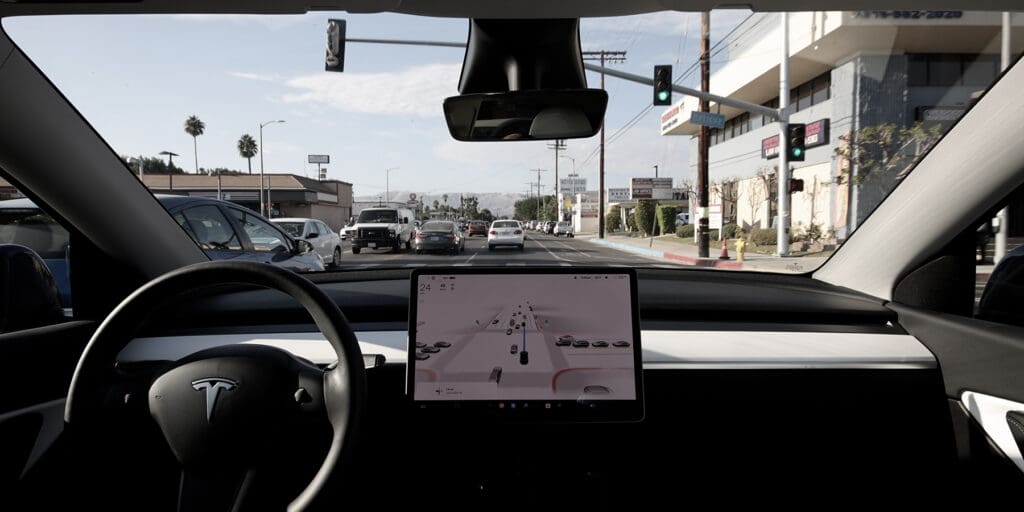Waymo and Cruise could aim for a 10% share in key cities in the next 3-5 years
The AV narrative has reached an inflection point, with focus shifting from “is this real?” to how the business can be scaled, a VP at a developer of autonomous driving technology told Third Bridge Forum.
Although there will certainly be “teething issues” in the months and years ahead as Waymo and Cruise take their AV fleets to the roads 24/7, the specialist said that, ultimately, the end goal is for AVs to become safer than human-driven vehicles. They noted that of the some 40,000 fatal road accidents a year in the US, 90%+ are due to human error. However, “you’ve got to demonstrate that the technology you’re building is, in fact, safer”.
The expert highlighted the stringent regulations in California for AV companies such as Waymo and Cruise. Both have amassed millions of miles of data and complied with CPUC requirements to build confidence in vehicle safety. Despite public concerns, the CPUC’s decision reflects a balanced view, according to our expert.
From a business perspective, what matters now is how many revenue-generating miles can be served profitably in a given space of time. “That’s where we’ll see a lot of partnerships in my opinion, or these companies would have to develop some significant infrastructure that’ll allow them to scale, not just in San Francisco, but in the future cities as well.” Cost-per-mile is the “real differentiator” that could soon become ripe for disruption, we heard. Cost savings are expected in areas including a gradual reduction in the degree of back-end human AV live monitoring from, say, 1:1 to 1:10 or 1:100.
In terms of the competitive landscape, our expert opined that Waymo and Cruise are currently leading in the robotaxi space, with a focus on high-revenue urban areas. They could aim for a 10% share in key cities in the next 3-5 years, we were told. Cruise may also have a competitive advantage thanks to its OEM ownership.
Overall, the expert said there will be a long road to profitability for AV players, citing current costs of around USD 4-5 per mile vs USD 1.50-2 for regular ride hailing. “We are in this challenging time frame where the companies have now demonstrated viability from a technical perspective, but they still need to bring down their cost substantially to be at par or cheaper than human drivers for this to scale in a meaningful way or they can price it very competitively.”
They concluded by noting that around half of the miles driven by humans today do not generate any revenue. “Imagine if a robotaxi can optimise that, then you have an immediate boost to the top end.” The expert said D2C models could allow for 30% EBITDA revenue retention typically given to drivers.
Forum is Third Bridge’s analyst-led Interviews product, part of our integrated research offering that also includes: Community, investor-
The information used in compiling this document has been obtained by Third Bridge from experts participating in Forum Interviews. Third Bridge does not warrant the accuracy of the information and has not independently verified it. It should not be regarded as a trade recommendation or form the basis of any investment decision.
For any enquiries, please contact sales@thirdbridge.com



